In 1963, zoologist Glen Jensen conducted an experiment to allow mice to choose freely between "food that is at your fingertips" and "food obtained by pressing the lever".
The results show that many mice will never get food by pressing the lever instead of eating it directly from the bowl.
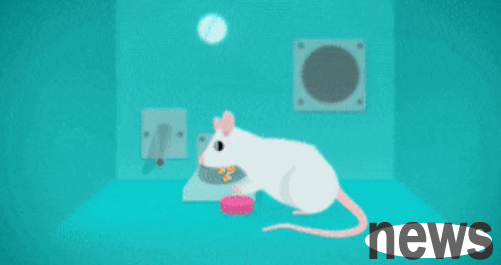
Figure from: gfycat
Later, this behavior was observed in most animals including humans, chimpanzees, macaques, chickens, pigeons, grizzly bears, maned wolfs, rats, mice, giraffes, goats, dogs, and pigs.
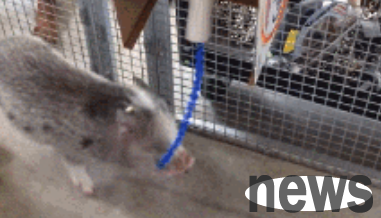
Picture from: Tenor
Zoologists call this behavior "contrafreeloading" (I don't know what the Chinese translation is), which means that even if you can eat food directly, animals are still willing to choose to obtain food through labor.
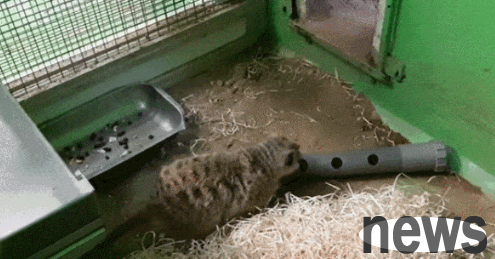
Picture from: Tenor
Regularly speaking, the survival instinct of animals is to seek benefits and avoid harm, and they should choose the easiest way and consume the least energy. Why does this interesting phenomenon occur? What do you think will be like for a cat?
Does cats also choose to work hard to get food?
Will cats choose "at your fingertips" food, or food that needs to be obtained through hard work?
Experiment 1
As early as 1971, researchers conducted a contrast loading experiment on cats.
6 cats, one serving of food placed on the plate, and one serving of food that needs to be eaten with your paws (has been trained in advance).
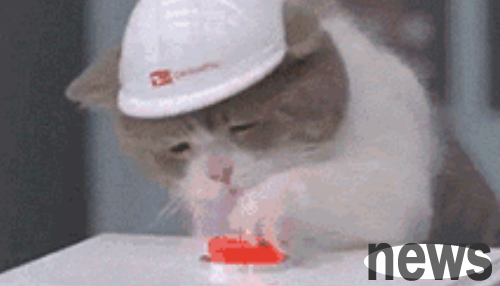
Picture from: gfycat
Result, all 6 cats chose to eat the food on the plate first, and then began to try to touch the switch...
Based on this result, the cat was described as the only animal that did not show a tendency to contrast.
In other words, cats prefer to "get it for nothing" than food that requires a little effort...
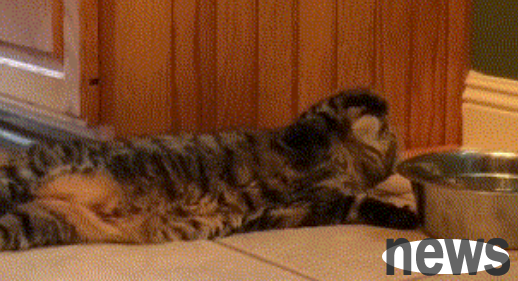
Picture from: gifsboom
However, researchers have made many "excuses" for cats.
For example, the sample size is too small; when performed in the laboratory, the cat may be a little nervous; the cat may be a little hungry...
Experiment 2
In accordance with the principle of not wrongly accuse any kitten, in 21, cat behaviorist Mikel Delgado and others conducted another experiment and published the research results in Animal Cognition.
Experiment preparation
This time, the number of cats participating in the experiment increased to 20 (11 males, 9 females, all sterilized), all of which were single cat families, and the experiment was conducted in the cats' respective homes.
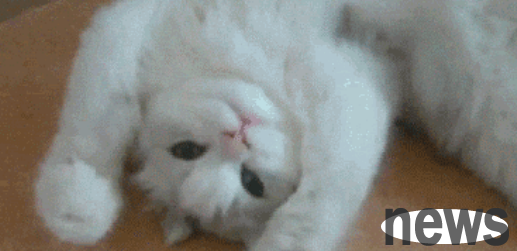
Picture from: Tenor
The cat shoveler placed two portions of cat food on the ground, one on a tray, and the other in a utensil shown in the figure below (let's call it a "slow-up utensil"), and observed and recorded the cat's eating.
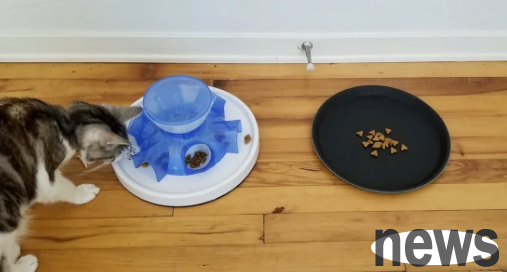
Picture from: Citation
The criterion for judging whether there is a tendency to contrast loading is:
Cats prefer to eat cat food in the slow-food utensil/Cats eat more cat food in the slow-food utensil than cat food on the tray.
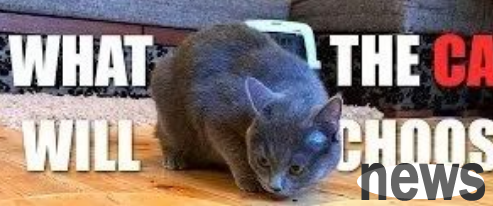
Picture from: Tenor
Experimental process
Next, let's take a look at the performance of some cats:
Walking straight towards the tray
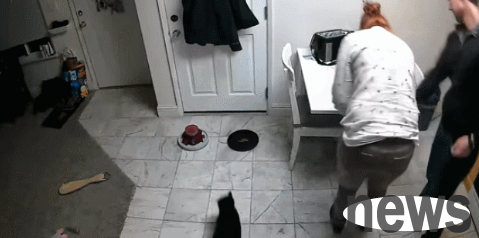
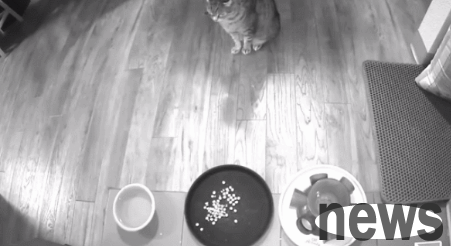
Image from: youtube
By bypassing the slow-food utensil and heading towards the tray

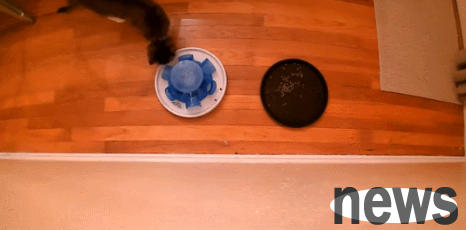
Image from: youtube
It's really no surprise!
Experimental results
➤ All cats chose to eat cat food on the tray first.
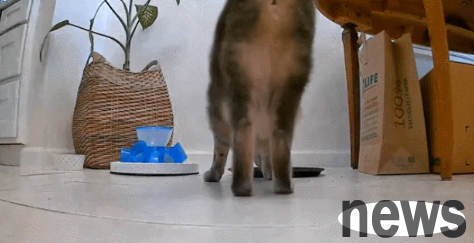
Picture from: youtube
➤Some cats will also eat cat food in the slow-food utensil, but after eating cat food on the tray first.
➤No cat eats more food from a slow-food utensil than it does from a tray.
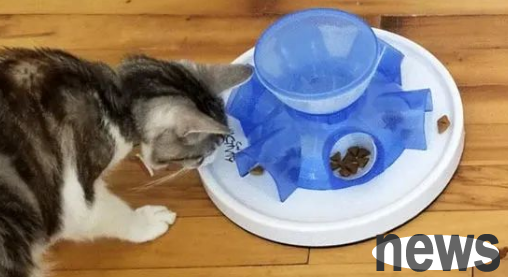
Picture from: Citation
➤4 of them ate most of the cat food in the slow-food utensil, showing a little contrast loading tendency.
But the researchers said that the four cats also ate the cat food on the plate (subtext: they may just be able to eat it).
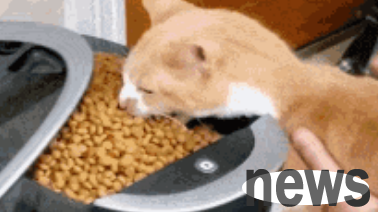
Picture from: gifscat
Delgado said that a series of studies have shown that most animals, including birds, rodents, wolves, primates, and even giraffes like to work for food. But surprisingly, of all these animals, cats seem to be the only ones that do not show strong willingness and are willing to work for food. However, netizens said...


Picture from: twitter/sci-news
Experiment 3
In fact, there was a similar experiment in 2017.
At that time, the researchers trained two cats in the laboratory to obtain food by touching the switch.
The cat also quickly got this skill.
The result is that after each time the cat gets food, it will choose to eat more as much as possible to reduce the number of times it eats...
So, in the end, various experiments have shown that cats do not have a strong tendency to contrast, and do prefer "at the right time" food. Why are cats different?
No matter how complaining is, let’s understand why animals have contrasting behaviors, and why cats are so unique?
Why do other animals? The reason why contrasting animals can appear in
is unclear. There are two mainstream views at present:
➤ Some researchers believe that for many animals, the process of finding rewards may be happier than actually getting rewards. When animals smell and search, they will activate the happy center in the brain and release dopamine, which will make them excited and stimulate.
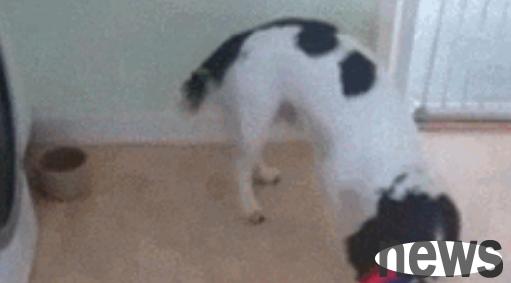
Picture from: Tenor
➤ Some researchers also believe that the behavior of choosing to "work" for food mostly occurs in laboratories, domesticated and captive animals. Because their daily living environment is too monotonous and lacks sufficient stimulation, they will prefer natural foraging behaviors to consume more energy and avoid boredom.

Figure from: The frequency of occurrence of google
▌contrafreeloading is negatively correlated with the degree of hunger in animals. In other words, animals are often more willing to get food through hard work when they are not hungry.
▌Contrafreeloading frequency and "work" difficulty are negatively correlated. If it is too difficult, the animals will be less motivated to participate, or they will lose interest quickly.
Why don't cats?
Why cats do not show a strong tendency to contrast, researchers believe that:
➤ This may be related to how they hunt. Unlike animals that forage through sniffing, cats usually hunt in ambush.

Figures from the Internet
Therefore, the slow-food utensil used in the experiment may not arouse the interest of cats themselves.
Cat OS: Try putting the cat food on the remote control toy car, and I pounced on it in minutes.
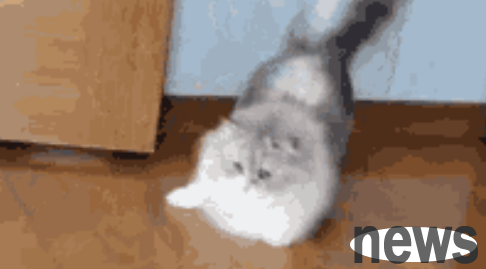
Picture from: gifsboom
➤Food does not drive domestic cats enough. For domestic cats, food itself is easy to obtain, and cats are good at conserving their physical strength and may not be willing to spend energy on it.
Cat OS: Since there is food that can be eaten directly, why do I have to work hard? It’s better to finish your meal quickly, have a good sleep, and catch the little bugs later.
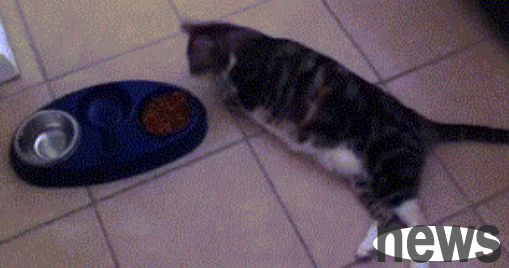
Picture from: tenor
Researchers emphasized that this does not mean that cats are lazy! Because experiments have found that even cats with active personalities will still choose "at-see-to-reach" food.
And the experimental sample size is not large enough, and the cats participating in the experiment are all sterile and live indoors. Therefore, we cannot make a conclusion on what kind of cats in the wild or unspained cats...